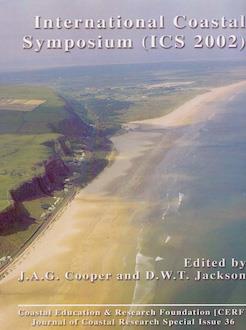Few of the world's coasts are devoid of wave action, such that waves are considered as the dominant agent of coastal change at short (hours to weeks) to medium (months to years) time scales, and can act as triggers via extreme events at the meso-scale (decades). Coasts where waves are absent or where wave energy is so important as to obliterate the tidal signal are the extremes recognised as tide- and wave-dominated coasts. The rest are inevitably mixed wave-and-tide-dominated (WTD) coasts that constitute a considerable proportion of the world's coasts. This is not a new idea, but recent advances in the understanding of such mixed-influence coasts impose a reconsideration in terms of a perspective that involves process signatures, sediment transport patterns and coastal morphologies. While tides show a regular predictable temporal cycle, wave conditions generally exhibit large temporal variability expressed by irregular, but short-term/seasonal variations in energy and period. As a result, the WTD spectrum is not constant in power level and is probably very irregular, characterised by a few key spikes. Examples include the well documented moderate wave-energy micro- to meso-tidal sand barriers with frequent tidal inlets such as those of the southeastern coast of the United States, and the much less well known macro- to mega-tidal beaches and their associated nearshore storm and tide-controlled ridges and banks, such as those of the eastern English Channel.
How to translate text using browser tools
1 March 2002
Between Wave- and Tide-Dominated Coasts: the Middle Ground Revisited
Edward J. Anthony,
Julian D. Orford

Journal of Coastal Research
Vol. 36 • No. sp1
Spring 2002
Vol. 36 • No. sp1
Spring 2002
Beach
shoreface
tidal range
wave-tide interaction




